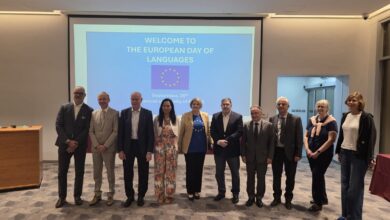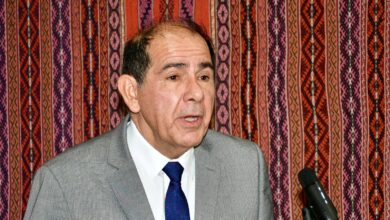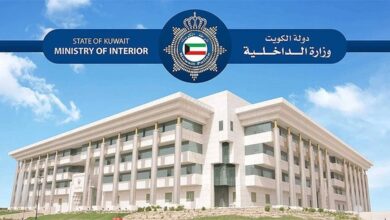Are green buildings the future of Kuwait?
Rising temperatures and energy strain spark urgent shift toward sustainability

With Kuwait grappling with soaring summer temperatures and rolling power outages as the Ministry of Electricity and Water tries to reduce strain on the grid, attention is increasingly turning toward sustainable solutions. The most prominent among them is the adoption of green buildings, which are designed to reduce environmental impact while enhancing energy efficiency, cutting long-term operational costs, and promoting healthier living environments. As the country experiences rapid urban expansion, green construction is no longer a luxury — it’s fast becoming a necessity.
Green buildings boast a range of advantages. Their construction materials are more durable, reducing long-term depreciation and maintenance costs. While upfront expenses may be slightly higher than traditional construction, they save 25–30% in operational costs over time. These structures use low-carbon, environmentally friendly materials and include heat-insulating designs, energy-efficient systems, and improved ventilation, lighting, and air quality. In essence, they promise long-term economic, social, and environmental value, reports Al-Rai daily.
Government agencies are gradually stepping up, with the Ministry of Electricity, Water and Renewable Energy proposing an initiative to support home solar panel installations.
The plan, presented to local banks, includes financing options such as interest-free loans or easy installment mechanisms to make renewable energy adoption more accessible to citizens.
Yet questions remain about the practicality and widespread adoption of green real estate, especially in Kuwait’s harsh climate, where high temperatures and a lack of afforestation pose significant challenges.
Real estate experts point out that while green buildings may require unique materials and design considerations, their long-term profitability far outweighs traditional construction. However, the suitability of green buildings in Kuwait remains debated.
One significant hurdle is that some green systems rely on heat-based energy generation, but without proper air conditioning — essential in Kuwait’s climate — they become ineffective. This discrepancy highlights the need for adaptation rather than wholesale adoption of global green models.
Industry insiders also highlight a lack of commitment among local developers to sustainable practices, despite the apparent advantages.
They argue that stricter regulations and mandatory standards for new developments could accelerate the transition. Without government incentives, however, progress remains slow.
Former Secretary-General of the Real Estate Association, Ahmed Al-Duwaihees, emphasized the urgent need to shift toward solar energy, especially with Kuwait’s year-round sun exposure. He also recommended simple design tweaks — such as using heat-reflective colors and insulating materials — to make homes more efficient.
Real estate broker Hanadi Al-Salman added that Kuwait is at a critical juncture. With frequent power outages and new residential areas under development, there’s a clear opportunity to enforce sustainability from the ground up.
However, public buy-in remains low due to a cultural disconnect from environmental responsibility and a lack of government-led awareness campaigns. She suggested mandating sustainability training for citizens applying for housing loans to encourage change at the grassroots level.
Despite the momentum, several challenges persist: low awareness of the long-term value of green buildings, limited government incentives, lack of accessible financing for eco-renovations, and environmental stresses — such as high temperatures — that degrade solar panel performance.
Nonetheless, the green building model takes a holistic approach to sustainability, addressing design, construction, resource use, and long-term maintenance. If Kuwait can align policy, finance, and public behavior, green buildings could indeed become the next big trend in real estate — and a viable path to energy resilience.












